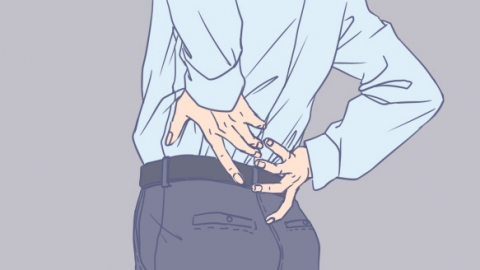Is a physical therapy device effective for treating lumbar muscle strain?
In general, physical therapy devices can be helpful in treating lumbar muscle strain, but their effectiveness depends on the specific condition and proper usage. Relying solely on a therapy device is not recommended. The detailed analysis is as follows:

Lumbar muscle strain is usually caused by prolonged tension and overuse of the lower back muscles, leading to pain and stiffness. Physical therapy devices—through functions such as heat therapy, low-frequency electrical pulses, and ultrasound—can improve local blood circulation in the lower back, relieve muscle spasms, reduce pain and stiffness, and aid in restoring normal muscle function. These effects are particularly noticeable in mild to moderate cases. However, if symptoms are severe—such as intense pain or limited mobility—a therapy device alone is unlikely to provide complete recovery, and comprehensive treatments including rest and rehabilitation exercises are necessary.
When using a physical therapy device, it's important to select the appropriate type and intensity setting. Avoid prolonged or high-intensity use to prevent skin burns or worsening of muscle discomfort. Moreover, therapy devices cannot replace daily protection of the lower back. Maintaining poor posture or overexertion over time may still lead to recurrence of lumbar muscle strain.
In daily life, one should maintain proper sitting and standing postures, avoid staying seated or standing for long periods, and regularly perform back and core muscle exercises—such as back extensions—to reduce strain on the lower back muscles. This supports the effective use of therapy devices and helps maintain long-term spinal health.





